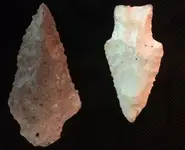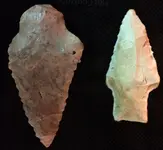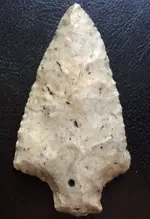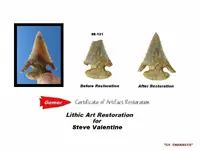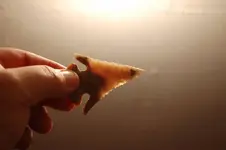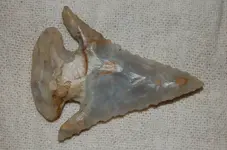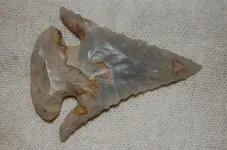David Ray
Jr. Member
- Joined
- Sep 5, 2016
- Messages
- 38
- Reaction score
- 54
- Golden Thread
- 0
- Location
- North Central Florida
- Primary Interest:
- Relic Hunting
I haven't ever had an artifact restored, but I have a couple that are really high grade points that seem to beg me every time I look at them to at least try it once. Yet, I've always felt that points should remain 'as is' because some damaged points, especially the ones that you know were damaged from impact fractures or actual use, have a certain character to them that should be left alone. These two - both close to 4 inches long - are an agate Newnan/Hillsborough and a well-made, very thin Kirk Serrated. Would you restore a point like this for your case? I don't and never would sell any of my artifacts, so that isn't even a question. So...would any of you restore a point?
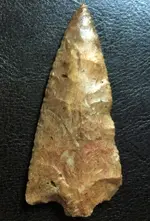
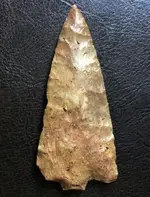
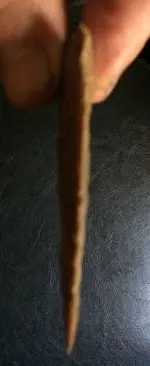
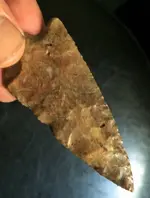
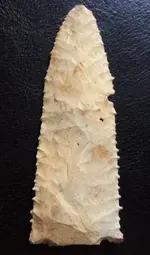
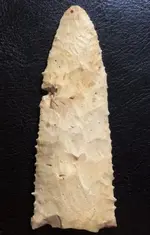

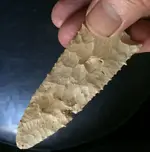








Upvote
0



